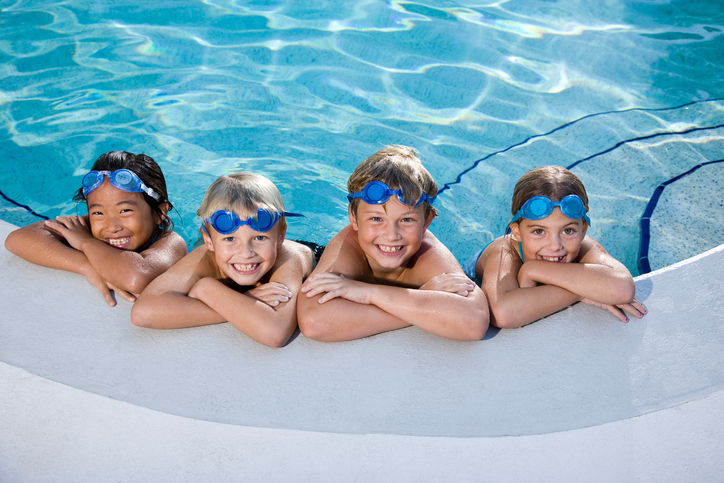
Summer is upon us and each year it’s important to revisit safety laws and best practices in regard to residential swimming pools and spas. Drowning is California’s second leading cause of death for children aged 1-4 and even nonfatal drowning injuries can result in long-term disabilities from irreversible brain damage. Since most drownings in young children occur in home swimming pools, it is especially important that owners of residential pools take proper precautions to keep unaccompanied children out and, in case a child does enter a pool unaccompanied, to prevent injury by the suction of pool pumps and filters.
To this end, the state of California has long set very clear requirements for pool safety, embodied in the Swimming Pool Safety Act, California Health and Safety Code (CHSC) Sections 115921 through 115829. As of January 1, 2018, the state legislature has updated these requirements in the hopes of further reducing home pool drownings. This column will spell out the differences in the updated law so that residential pool owners have the latest and most complete safety information available.
As a preliminary matter, the Swimming Pool Safety Act applies only to in-ground and above-ground structures over 18 inches deep intended for swimming or recreational bathing situated on the property of a single family home. CHSC Section 115921 provides a nonexhaustive list of regulated structures, including swimming pools, portable and non-portable hot tubs and spas, and nonportable wading pools; for the purposes of this column, I will refer to all such structures as “pools.”
One significant impact of the new amendments to the Swimming Pool Safety Act is that it extends state pool safety requirements to single family homes in all municipalities, eliminating previous exclusions for homes within municipalities that issued their own, potentially conflicting, local swimming pool ordinances. Since the state now mandates all municipalities to participate, the amendments provide for state reimbursement of any resulting added costs incurred by local governments. It is important to note that this law still does not apply to public pools, pools at multifamily residences, or hot tubs equipped with compliant locking safety covers.
The main effect of the new amendments, however, is to double the required drowning prevention safety features needed to secure a permit to build or remodel a pool at a single family home. Since 1997, permits issued for pool construction have required residential pools to be equipped with at least one of seven drowning prevention safety features; on implementation of the new amendments, each pool construction must now include two of these enumerated safety mechanisms for extra protection in case one fails. As before, drowning prevention safety features must be inspected by a local building code official pursuant to final approval of the permitted pool construction, as well as building inspection reports conducted for real estate transfers. CHSC Section 115924 requires every pool construction contractor to inform consumers of the Act’s requirements.
CHSC Section 115922 provides an updated list of eligible drowning prevention safety features:
(1) a total pool enclosure isolating of the pool from the home;
(2) removable mesh fencing in conjunction with a self-closing, self-latching gate capable of being locked with a key;
(3) a manually or power-operated safety pool cover compliant with American Society for Testing and Materials (ASTM) Standard F1346-91;
(4) a continuous audible exit alarm on any door providing direct access to the pool;
(5) a self-closing, self-latching function with raised release mechanism on any door providing direct access to the pool;
(6) an alarm meeting ASTM Standard F2208 placed in the pool to sound upon accidental or unauthorized entrance into the water; or
(7) other protection independently verified to provide at least the same degree of protection.
Specifications for approved fencing and gates can still be found in Section 115923; critically, enclosures must be a minimum height of 60 inches, with no more than two inches between the bottom of the enclosure and the ground, no gaps that would permit passage of a sphere of four inches, and no outside surface with features that could serve as handholds or footholds for a child of 5 years old or less to climb over. Also preserved from previous iterations of the Swimming Pool Safety Act, Section 115928 continues to require every new or remodeled pool to have at least two hydraulically balanced suction outlets per recirculation pump secured with antientrapment grates and separated by at least three feet that prevent a child being sucked into a vacuum that would be caused by a single drain.
Following California’s comprehensive pool safety regulations is a vital step toward preventing hundreds of unnecessary deaths and disabilities caused by accidental drowning. Here’s to a safe and happy swimming season!










